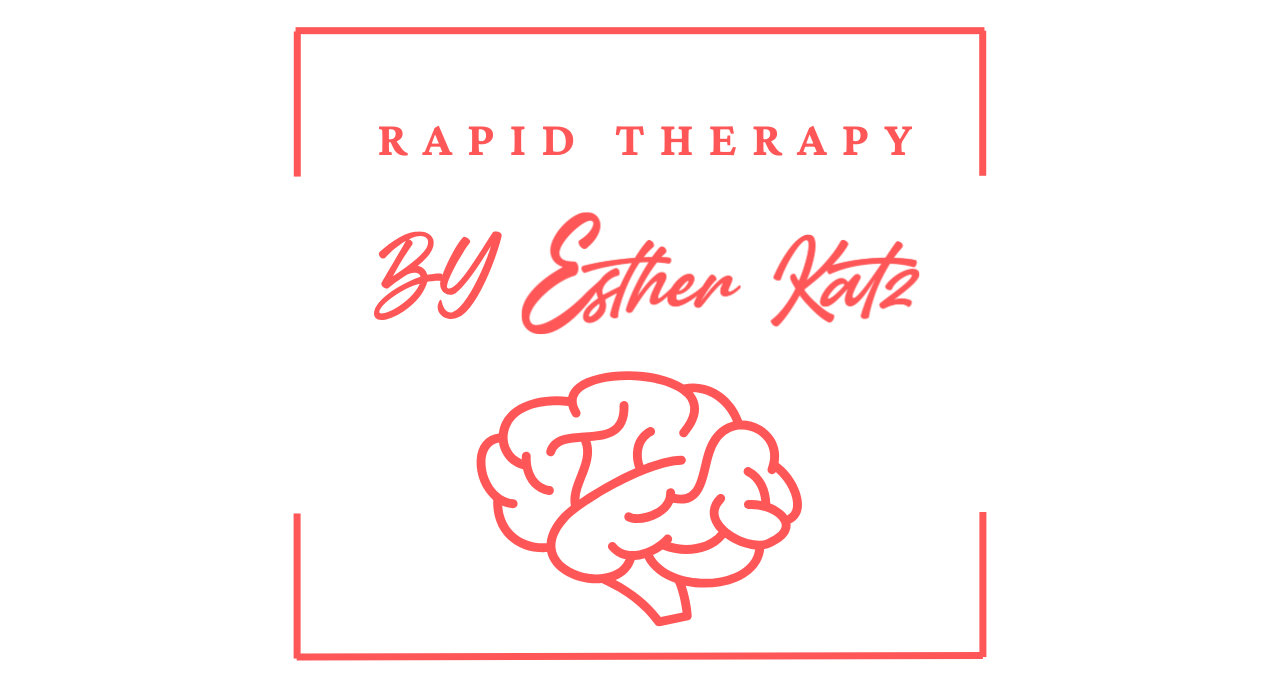Chronic trauma is not limited to extreme or life-threatening events like accidents or natural disasters. It includes prolonged exposure to stressors that many people endure every day. These can range from chronic illness (such as autoimmune diseases or cancer) to family violence, emotional abuse, neglect, ongoing toxic relationships, and other forms of sustained hardship. Trauma can also result from systemic issues like racism, poverty, and discrimination, which can wear down the mind and body over time.
The brain’s response to chronic trauma is complex and multifaceted, leading to significant changes that impact how individuals think, feel, and relate to others. These neural changes can keep people stuck in patterns of fear, emotional instability, and difficulty forming connections, even long after the trauma has passed.

How Trauma Impacts the Brain
Trauma rewires several key areas of the brain, fundamentally altering its structure and function. Understanding these changes is crucial in helping patients recover and rebuild healthier ways of connecting with others.
- Amygdala Hyperactivity: Constant Fear Mode
The amygdala, often called the brain’s fear center, is responsible for detecting threats and triggering the body’s fight-or-flight response. In people who have experienced chronic trauma, the amygdala becomes overactive, constantly scanning for danger. This hypervigilance makes it difficult to relax or trust others, even in safe environments.
For trauma survivors, this can mean always being on edge in relationships, expecting the worst from people, or avoiding vulnerability altogether. This is a survival mechanism the brain adopts, but it comes at the cost of forming meaningful, trusting connections.

- Hippocampus Shrinkage: Confusion Between Past and Present
The hippocampus helps process and store memories, distinguishing between past events and the present. Trauma causes this area to shrink, leading to fragmented or distorted memories. Patients may find themselves reliving traumatic experiences as if they are happening in real time, even when they are safe.
This makes it hard for them to move forward or engage in present relationships without being triggered by reminders of the past. The brain keeps them stuck in survival mode, making it difficult to form new, positive experiences or relationships.
- Prefrontal Cortex Impairment: Difficulty Regulating Emotions
The prefrontal cortex is responsible for rational thinking, emotional regulation, and impulse control. Trauma impairs this part of the brain, making it hard for people to manage their emotions or react appropriately to situations. This can lead to overreactions, impulsive decisions, or shutting down emotionally, all of which hinder relationship-building.
For example, trauma survivors may lash out during minor disagreements or struggle to communicate their needs effectively, which can create a cycle of misunderstandings and emotional distance in relationships.
The Neurochemical Imbalance Caused by Trauma

- Cortisol Overload: Stress Hormones on Overdrive
Trauma leads to an overproduction of cortisol, the body’s primary stress hormone. This prolonged stress response keeps individuals in a constant state of alertness, contributing to anxiety, mood swings, and an inability to relax. The result is difficulty forming and maintaining healthy connections, as patients may be too overwhelmed by internal stress to focus on others.
- Oxytocin Deficiency: Impaired Ability to Bond
Oxytocin, often referred to as the “bonding hormone,” plays a crucial role in social connections and trust-building. Trauma can reduce oxytocin production, making it harder for individuals to feel close to others, even in intimate relationships. Without enough oxytocin, patients may feel emotionally detached or struggle to trust their loved ones, further isolating them from potential sources of support.
How Trauma Alters Neural Circuitry

- Overactive Fight-or-Flight Responses
Chronic trauma creates an overactive fight-or-flight response, where even benign social situations can feel like threats. The brain’s wiring is primed to react defensively, which makes it hard for individuals to engage in calm, open interactions. They may avoid relationships altogether or react with anger or withdrawal, even when they crave connection.
- Disrupted Reward System: Struggling to Find Joy in Relationships
The brain’s reward system, which includes areas like the ventral tegmental area (VTA) and the nucleus accumbens, becomes disrupted by trauma. This makes it difficult for individuals to experience joy or pleasure from social interactions, leading to feelings of disconnection and isolation. Even when surrounded by loved ones, they may feel numb or emotionally distant, perpetuating the cycle of isolation.
Social and Emotional Disconnection

- Mirror Neuron Dysfunction: Struggles with Empathy
Mirror neurons, which help us understand and empathize with others’ emotions, can be impaired by trauma. This makes it difficult for trauma survivors to read social cues, leading to misunderstandings and difficulties in building emotional rapport. They may come across as distant or unresponsive, further reinforcing feelings of isolation and keeping them stuck in lonely patterns.
- Overactive Default Mode Network (DMN): Stuck in Negative Self-Reflection
The default mode network (DMN), responsible for self-reflection and internal dialogue, becomes overactive in trauma survivors. This leads to excessive rumination, where individuals continuously replay negative memories and thoughts, leaving little mental space for positive social engagement. The more they dwell on past traumas, the harder it becomes to open up to new relationships and build healthy connections.
How to Break Free from Trauma-Induced Stuckness

The good news is that the brain is incredibly resilient. Through neuroplasticity, the brain can be rewired, and these trauma-induced patterns can be reversed. With the right therapeutic approach, patients can regain control over their emotions, rebuild trust, and reconnect with others.
Get Unstuck with Esther Katz: Rewire Your Brain Through Neuroplasticity
If you’ve been feeling stuck in old trauma patterns and struggling to build healthy connections, help is available. Esther Katz, an expert in Rapid Transformational Therapy (RTT), utilizes the power of neuroplasticity to rewire your brain and guide you toward healing. Esther’s approach targets the root of trauma, helping you release those past wounds and create new, healthier patterns in your relationships and life.
Don’t let chronic trauma control your ability to connect, grow, and find happiness. Get in touch with Esther Katz today and take the first step toward emotional freedom and meaningful connection. You deserve to live free from the chains of your past—reach out now to begin your journey to healing.



